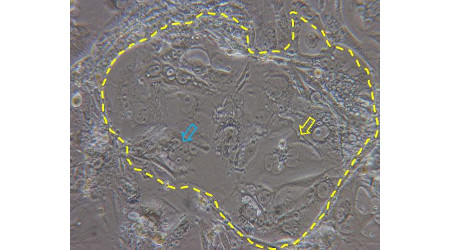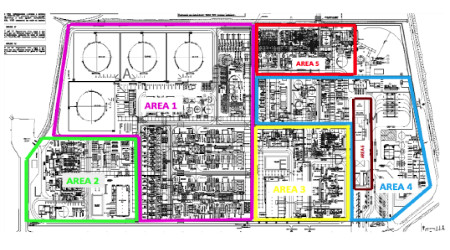New evolving biological technologies, such as synthetic biology, re-ceive great attention by international organizations dealing with CBRN, such as Organisation for the Prohibition of Chemical Weap-ons (OPCW), whose mission is to implement the provisions of the Chemical Weapons Convention (CWC) or the Australia Group Ex-port Control Regime (AG), which focuses on export control of chemical and biological dual-use materials. The tools of synthetic biology are applied for many peaceful purposes (production of bio-fuels, pharmaceutical products, molecules) but in some cases, they could be misused with bioterrorism purposes: on the one hand, with the bottom-up approach, synthetic genomes could be produced from scratch, including viruses present in the control list of biological agents. On the other hand, the top-down approach permits the inser-tion of heterologous genes in model organisms, reconstructing a bio-synthetic pathway to produce a molecule of interest. Also, this ap-plication opens concerns for a dual-use application, especially because the molecules of pharmaceutical interest could also be expoloited for harmful uses. Here, we present recent applications of synthetic biology to produce opioids and cannabinoids in yeast, en-lightening the possibility to produce also lethal molecules such as toxins.






